Quantum computing is transforming the future of technology with its promise to solve problems that classical computers struggle with. Among the latest breakthroughs, scientists are exploring the possibility of building a quantum computer using just a single wire. This innovative concept could revolutionize the way quantum computers are designed, making them smaller, more scalable, and easier to control.

Quantum computers operate on fundamentally different principles than classical computers. While classical computers use bits that represent either 0 or 1, quantum computers use qubits that can exist in 0, 1, or both states simultaneously thanks to quantum superposition. This feature allows quantum computers to explore many possibilities at once, greatly speeding up complex calculations.
However, one of the biggest hurdles in making quantum computers practical today is scaling up the number of qubits while keeping them stable and error-free. The idea of relying on a single wire—specifically a nanowire hosting exotic particles called Majoranas—could pave the way to overcome these challenges.
Table of Contents
A Quantum Computer From Just One Wire?
| Feature | Details |
|---|---|
| New Approach | Building qubits from a single nanowire hosting Majorana particles |
| Key Technology | Topological qubits leveraging Majorana fermions |
| Scalability | Potential to fit millions of qubits on a single chip the size of a palm |
| Advantages | Smaller hardware footprint, digital control, better error resilience |
| Current Status | Experimental with promising progress |
| Future Applications | Cryptography, AI, materials science, environmental technologies |
| Official Research Source | University of Twente Nanowire Research |
Building a quantum computer from just one wire might sound like a futuristic idea, but it is fast becoming a practical reality. Advances in nanowires that host Majorana particles are paving the way for stable, scalable quantum computers that fit in the palm of your hand. Microsoft’s Majorana 1 chip exemplifies this transformative technology with the potential to host millions of qubits, controlled digitally for easier scaling. As scientists continue refining these designs, the dream of real-world quantum computers solving complex problems across industries moves closer to reality.
Understanding Quantum Computing Basics
To appreciate the game-changing potential of building a quantum computer from a single wire, let’s start with the basics.
Traditional computers use bits as the smallest unit of information. Each bit is either a 0 or a 1. Quantum computers use qubits, which have the unique quantum property of being in a superposition of both 0 and 1. This means a quantum computer can process a vast number of possibilities simultaneously.
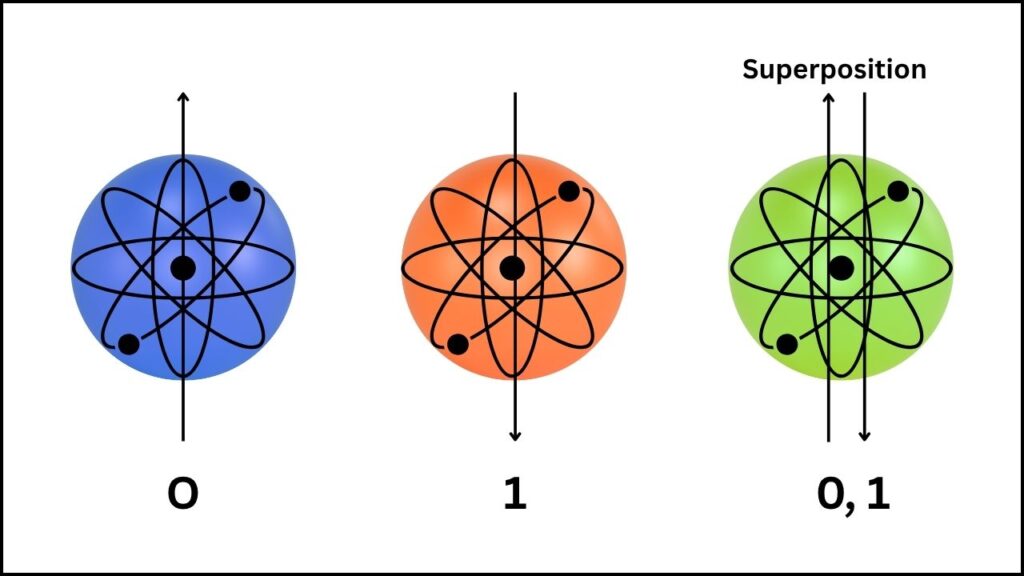
Another important property is entanglement, where qubits become interconnected so that the state of one instantly influences the other, no matter how far apart they are. Together, superposition and entanglement make quantum computers exceptionally powerful for specific tasks like cryptography, complex simulations, and optimization problems.
The Challenge of Building Practical Quantum Computers
Building stable, large-scale quantum computers is extremely difficult due to:
- Fragility of Qubits: Qubits easily lose information when exposed to environmental noise, known as decoherence.
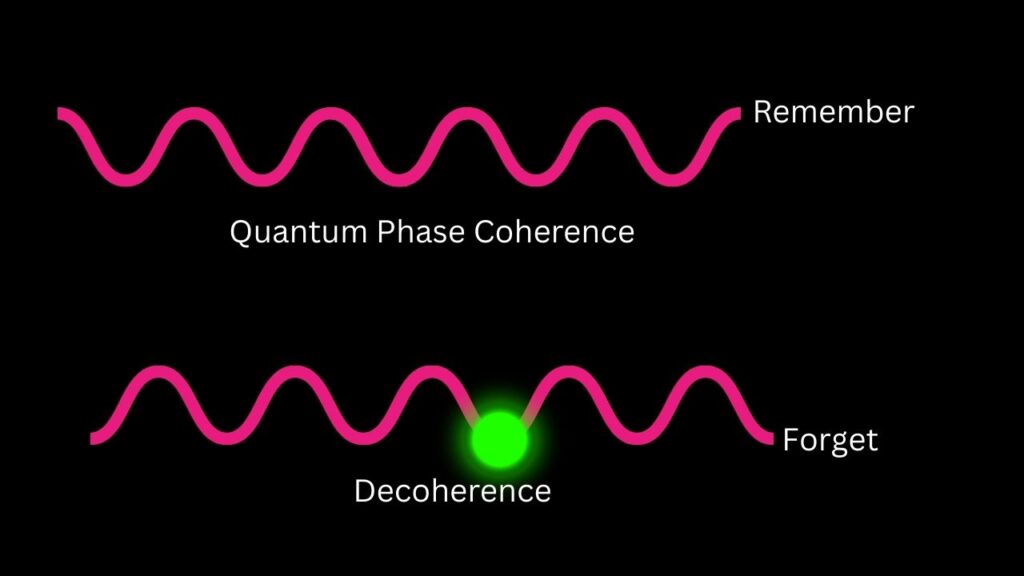
- Complex Hardware: Existing quantum systems often need bulky, expensive cooling and complicated control electronics.
- Scaling Issues: Adding more qubits means exponentially increasing wiring and control systems, making large quantum machines huge and costly.
Scientists have been searching for ways to create qubits that are robust and scalable—and that is where the idea of a single wire comes in.
Single-Wire Quantum Computing: The Role of Nanowires and Majorana Particles
Scientists discovered that certain ultra-thin nanowires made of novel “topoconductor” materials can host elusive particles called Majorana fermions at their ends. These Majorana particles behave like exotic qubits with topological protection, meaning quantum information stored with them is naturally shielded from noise and errors.
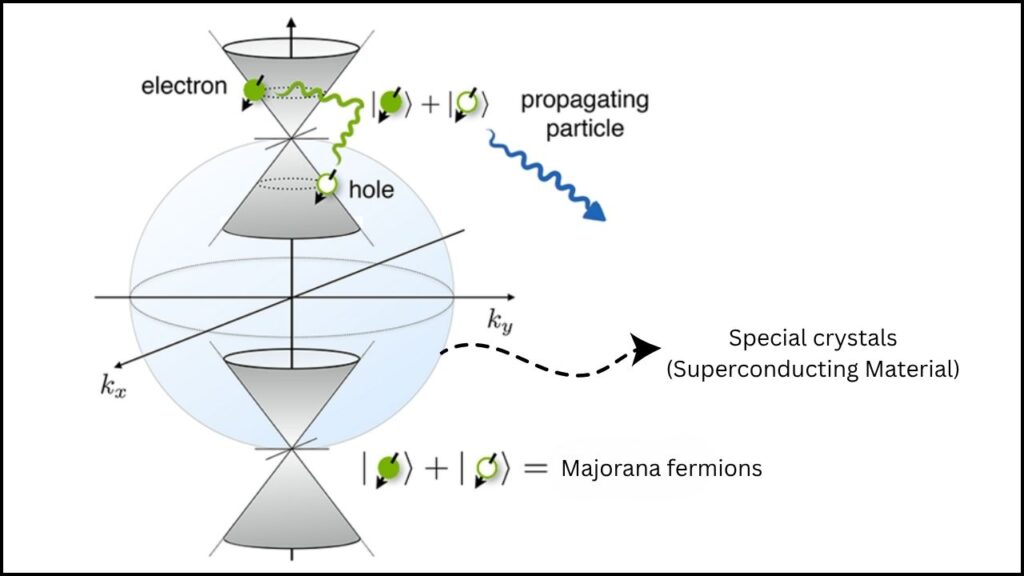
This stability makes Majorana qubits more reliable than conventional qubits. What’s more, nanowires hosting these particles can be used to build quantum chips that significantly reduce size and complexity.
Microsoft’s recently unveiled Majorana 1 chip uses this technology. It fits qubits on a chip the size of a palm and aims to scale to over a million qubits — a milestone that would make commercial quantum computers capable of solving industrial-scale challenges.
Advantages of the Single-Wire Quantum Computer Approach
1. Compact Design: Unlike bulky quantum systems, single-wire quantum chips are tiny and easier to integrate into existing server technology.
2. Digital Control: The new chip architecture controls qubits using simple voltage pulses, much like switches, instead of complex analog tuning. This simplifies operation and error management.
3. High Scalability: Because the qubits are topologically protected and the control scheme is digital, it’s possible to scale chips up to millions of qubits without prohibitive hardware demands.
4. Improved Error Resilience: Majorana qubits’ unique properties reduce the chance of quantum errors and decoherence — the main obstacles limiting current quantum designs.
How Does a Single-Wire Quantum Computer Work?
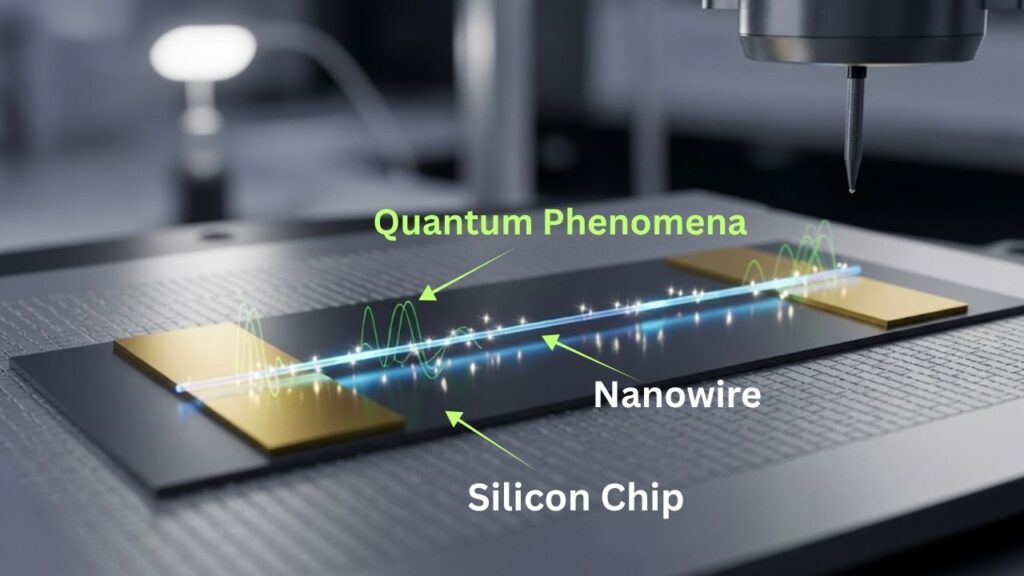
- The wire is fabricated with materials that exhibit topoconductivity, allowing them to support Majorana particles.
- Majorana fermions emerge at either end of the nanowire and serve as qubits.
- These qubits store quantum information non-locally, protecting it from environmental disturbance.
- Digital voltage pulses control the qubits by switching them on or off.
- Multiple qubits on nanowires can interact via photons or microwave signals, enabling complex quantum operations.
- This setup simplifies hardware by minimizing the number of control lines and devices needed.
Applications on the Horizon
Once fully developed and scaled, quantum computers built on single-wire nanowire technology could transform several industries:
- Cryptography: Quantum machines could crack traditional encryption or develop unbreakable quantum keys.
- Pharmaceuticals: Simulate molecular interactions more precisely to design new drugs.
- Artificial Intelligence: Empower algorithms to train and operate at speeds impossible for classical computers.
- Materials Science: Develop novel materials like self-healing construction elements or environmentally friendly plastics.
- Environmental Solutions: Enable breakthroughs like breaking down microplastics in oceans.
A Step-By-Step Guide to Understanding Single-Wire Quantum Computing
Step 1: Grasp Quantum Bits and Superposition
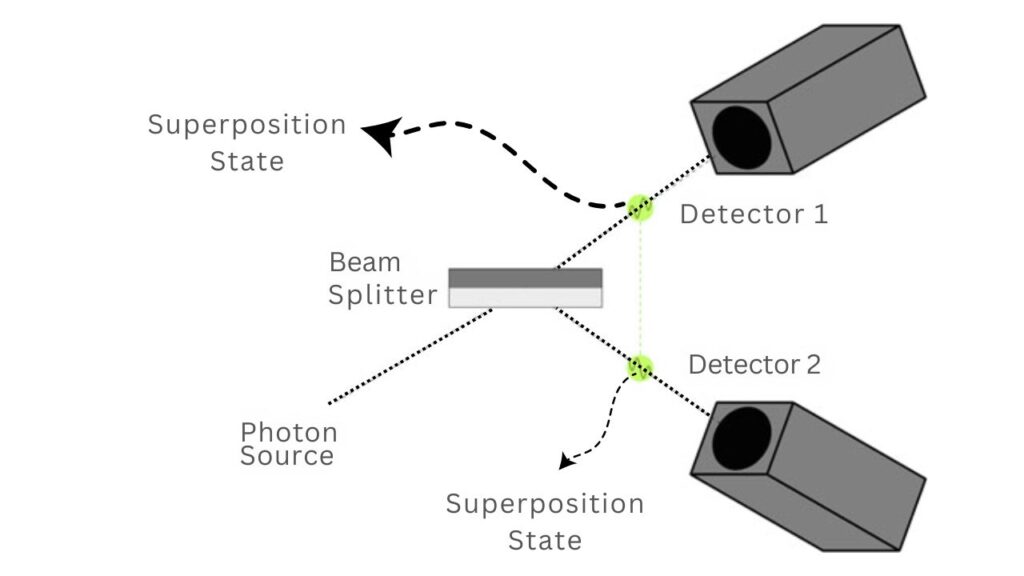
Learn how qubits differ from classical bits by existing in multiple states at once.
Step 2: Understand the Importance of Qubit Stability
Discover why quantum information is fragile and how error correction is critical.
Step 3: Learn About Nanowires and Majorana Particles
Explore the exotic physics behind Majorana fermions and why nanowires can host them.
Step 4: Discover Microsoft’s Majorana 1 Chip Innovation
Understand how digital control and topological qubits help scale quantum computing.
Step 5: Envision Quantum Computing’s Impact on Society
See how practical quantum computers can transform industries and everyday life.
Scientists Trigger a Wild Quantum Switch in Exotic Material — Superconductivity Breaks the Rules
Dark Matter Breakthrough: Scientists Might Finally Detect It With This Strange Quantum Trick
Rutgers Scientists Discover a Bizarre New State of Matter: The Quantum Liquid Crystal
FAQs About A Quantum Computer From Just One Wire?
Q1: What exactly are Majorana qubits?
Majorana qubits are quantum bits formed from particles called Majorana fermions, which are their own antiparticles. They store information non-locally and are less prone to errors compared to standard qubits.
Q2: When will single-wire quantum computers be commercially available?
While progress is rapid, it may take several years before fully practical, large-scale quantum computers using this technology become available for commercial use.
Q3: How do single-wire quantum computers compare to other quantum computers?
Single-wire quantum computers use topological qubits with digital control, offering better stability and scalability than many current qubit technologies that rely on analog control and error-prone qubits.
Q4: Where can I find more trustworthy information about quantum computing?
The National Institute of Standards and Technology (NIST) provides detailed and authoritative explanations of quantum computing principles and advancements.



















